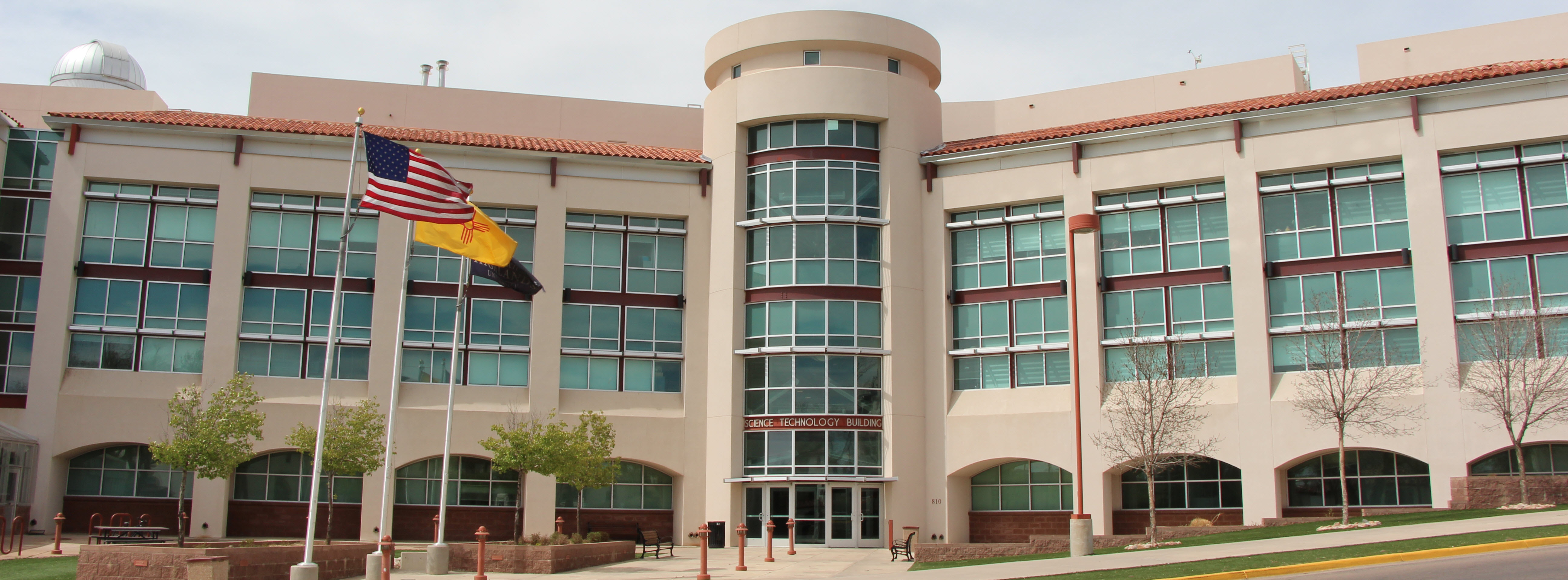Co-Principle Investigators involved in this Thrust: Jiao Chen, Gil Gallegos (NMHU); Roland Kawakami, Jessica Winter (OSU)
The main objective of this study is to develop an ensemble of metallic nanoparticle-modified graphene metamaterials and then study their photonic, electrical and magnetic properties for applications in various photonic and metatronic devices.
Graphene, containing a monolayer of sp2 hybridized carbon atoms, is a one-atom-thick material. It has attracted tremendous interests due to its excellent electronic, thermal, mechanical and optical properties. It was reported that graphene-metal nanocomposites have enhanced mechanical strength more than that of pure graphene. However, it is still not well-understood how the deposition and the types of metallic nanoparticles on graphene affect the resulting properties. Therefore, a systematic study will be performed in this research. Two noble metallic nanoparticles, gold and silver, will be used due to their strong surface plasmon resonance phenomenon and ability to concentrate light into the deep subwavelength scale.
Noble metals (Au and Ag) will be used as plasmonic modulators, which can be accomplished through manipulation of the surface (topography) of the metamaterial. Both random growth and structured control (EBL) of the ST will be explored using computational methods, scanned probe microscope (SPM) and electron microscopes. The synergistic coupling of laboratory work and computational efforts will lead to the development of a quantitative framework for the design of functional photonic devices. This thrust will use synthetic techniques to vary the density, size and composition of metal nanoparticles on the graphene substrate to effectively change the response of the material to a range of light wavelength excitation (infrared through visible spectrum) and measure the SP resonant frequency response to this range of input excitation (tuning of the device to specific light wavelength input via nanoparticle density manipulation). Ultimately, the precise behavior of the synthesized metamaterial will be gleaned from both experimental and computational results.
